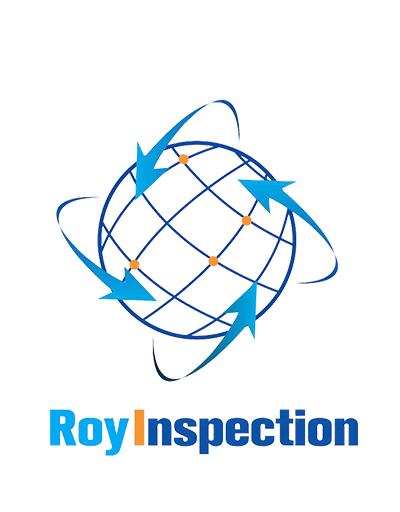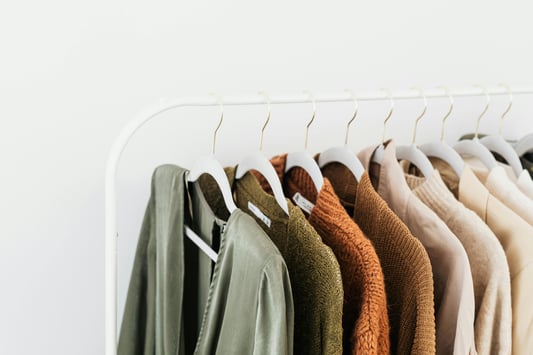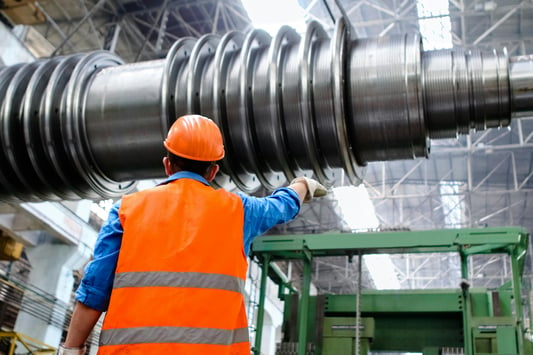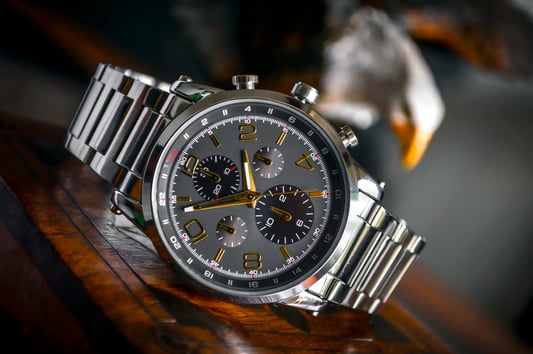Why baby clothing inspection is EssentialWhen it comes to caring for a newborn baby, it's crucial to ensure that everything is perfect, including the clothes they wear. While picking out the cutest and most comfortable clothes for your baby, it's important to remember that clothes must also be safe. That's why baby clothing inspection should be an essential part of every parent's routine.Understanding the Need for Baby Clothing InspectionInspecting baby clothes before putting them on your child is vital in avoiding injuries such as choking, strangulation, and suffocation. Choking or suffocation can happen if the buttons, snaps, or any small detachable parts on the clothes come off or break, making it possible for the baby to swallow them.Common Hazards to Look Out for During Baby Clothing InspectionWhen inspecting baby clothes, there are a few common hazards to keep in mind. These include sharp edges, loose buttons, snaps, and zippers, which can all pose a risk to a baby's safety. Parents must ensure that no small pieces can fall off or become detached and that all buttons and zippers are securely fastened.Checking for Appropriate Sizing During Baby Clothing InspectionAnother aspect to consider during baby clothing inspection is the size of the clothes. Clothes that are too big and baggy may pose a tripping hazard, while clothing that is too tight or small could cause marks or inhibit proper breathing. Always make sure clothes are the appropriate size and fit snugly, yet comfortably.Factors to Consider When Selecting Clothes for InspectionWhen you're selecting clothes for your baby, there are several factors to consider during inspection. These include the fabric, weight, and design of the clothes. Make sure clothing is made from a breathable material, free of rough edges or bumps, and designed with no extra strings or ties that could be dangerous to your little one.Tips for Properly Inspecting Baby ClothingFor a proper baby clothing inspection, take time to check every detail of each garment. Inspect the seams, zippers, snaps, and other fasteners to make sure that nothing is loose or damaged. It's also essential to verify that clothes are flame-retardant and washed thoroughly before giving them to your baby.When Should You Inspect Baby Clothing?It's best to inspect baby clothes before using them for the first time, but you should also make a habit of regularly inspecting all of your baby's clothes after washing. Doing so helps ensure that your baby is wearing safe and clean clothes at all times.What to Do if You Find Issues During InspectionIf you find any issues during car seats inspection, it is best to dispose of the clothing immediately. If the clothes are expensive or sentimental, the damaged areas may be repaired by a professional. However, it is best to prioritize your baby's safety, and it is not worth risking their health just to keep a piece of clothing.How to Properly Store Baby ClothingStoring baby clothing correctly is essential to maintaining the safety and quality of the garments. It is best to store them in a dry, cool place with no direct sunlight. Use dry, airtight containers, and avoid using mothballs, as these are toxic to babies.In ConclusionBaby clothing inspection is vital for every parent to ensure that their children are safe. With so many hazards to look out for, it's crucial to inspect every garment before use and regularly to ensure that your child is always wearing safe, clean, and well-fitted clothes. Follow the inspection tips mentioned above and keep your little one safe!Quote InquiryContact us!










